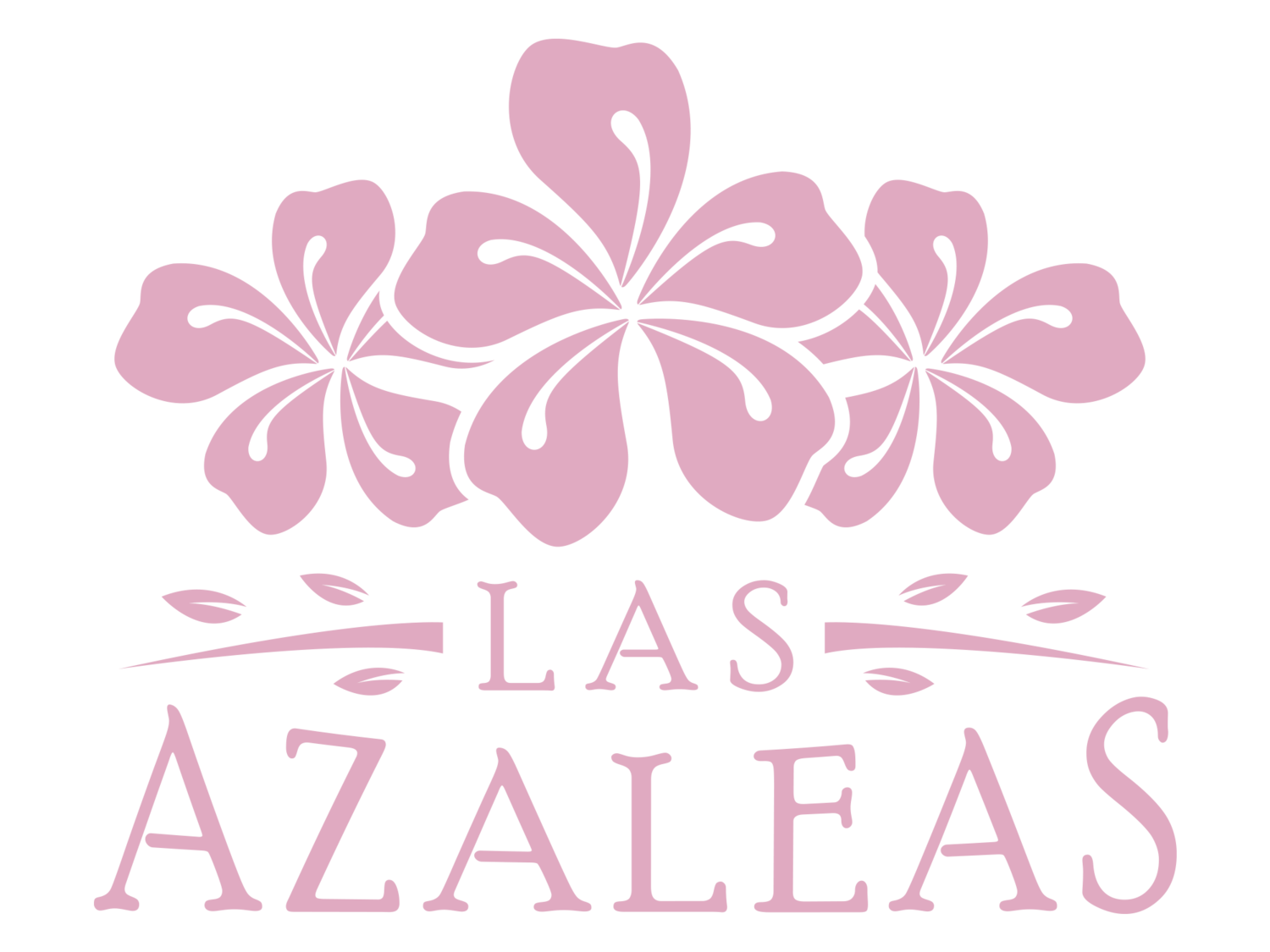Lila Downs
The one and only revolutionary Lila Downs, performer, singer, activist, and actress was born on September 9th 1968 in Tlaxiaco, Oaxaca. She was interested in music and showed her passion by singing rancheras and other traditional Mexican music at the age of 8. She was introduced to the wonderful world of mariachi and ended up pursuing a professional career in mariachi. She moved to the United States and began to study voice in Los Angeles and began learning English with the help of her father. Sadly, her father passed away when she was only 16, which ultimately led her to move back to her hometown to reunite with her mother. She attended school at the University of Michigan to study Anthropology, and voice in New York. Later on in her adult life she would continue her studies in Oaxaca to pursue science and art.
Lila Downs is known for inheriting indigenous languages across Mexico which include Mixtec, Zapotec, Mayan, Nahuatl and Purépecha. Her musical influences are heard in the diversity of her music while also presenting traditional Mexican folk music. Her influences include Mercedes Sosa, Lucha Villa, and Chavela Vargas. As a social activist, she sings about border issues and other issues indigenous folks have to face such as mistreatment. These mistreatments are mostly taboo in Mexico, especially southern Mexico, so her being an indigenous female singing about these social issues while inheriting traditional folk music, is revolutionary and empowering to indigenous people, especially indigneous women. She was inspired to first write about social justice while working at a store in Oaxaca. While working she was asked to translate a son’s death certificate for a father. She read that the son had drowned trying to cross the border to the United States. Horrified by this, Lila Downs realized the importance of awareness and began to break the silence about this horrible taboo with her album Borders.
Las Azaleas have decided to take on La Sandunga, one of her well known songs. Sandunga translates to “a happy, graceful dancing woman” in her language Zapoteca. There's also a famous waltz in Tehuantepec Oaxaca named Sandunga/Zandunga. Women who love dancing are nicknamed after this famous waltz, so overall, this song is talking about the fictional or non fictional interaction she had with Sandunga. This song is more of a story telling song such as La Llorona, or La Bruja. You can see our version of this song below.
The influence that she has had on me encourages me to be proud of my indigenous roots, and to never forget where I came from and to be aware of social issues happening and to speak up, no matter how much of a taboo it is. She represents her indigenous roots in every way she can and that's what I aspire to do with my indigenous roots with the tribe Nahua. Her giving that representation means more to indigenous people than what people think. Oftentimes, indigenous communities are shamed for having their beautiful melanin and having “sangre india” and looked down on. But Lila is representing different languages/tribes in hopes of giving indigenous people power and representation and say WE ARE HERE, PRESENTE!
My top favorite songs from her are La Sandunga, Resistire, and Ofrenda. She’s released amazing covers from different genres all the way from Manu Chao “Clandestino” to Silvio Rodriguez “La Maza”
By Azul Navarrete-Valera
Podcast
Ep 3: Lila Downs
A conversation between Diana Olivares and Azul Navarette-Valera
Enjoy our version of “Sandunga” in tribute to Lila Downs
Diana - Lead Voice, 1st voice harmony
Yasmine - Solo violin, 1st violin, and 2nd voice harmony
Dominique - 3rd violin and 3rd voice harmony
Andrea - 2nd violin and 3rd voice harmony
Azul - Guitar and 2nd voice harmony




